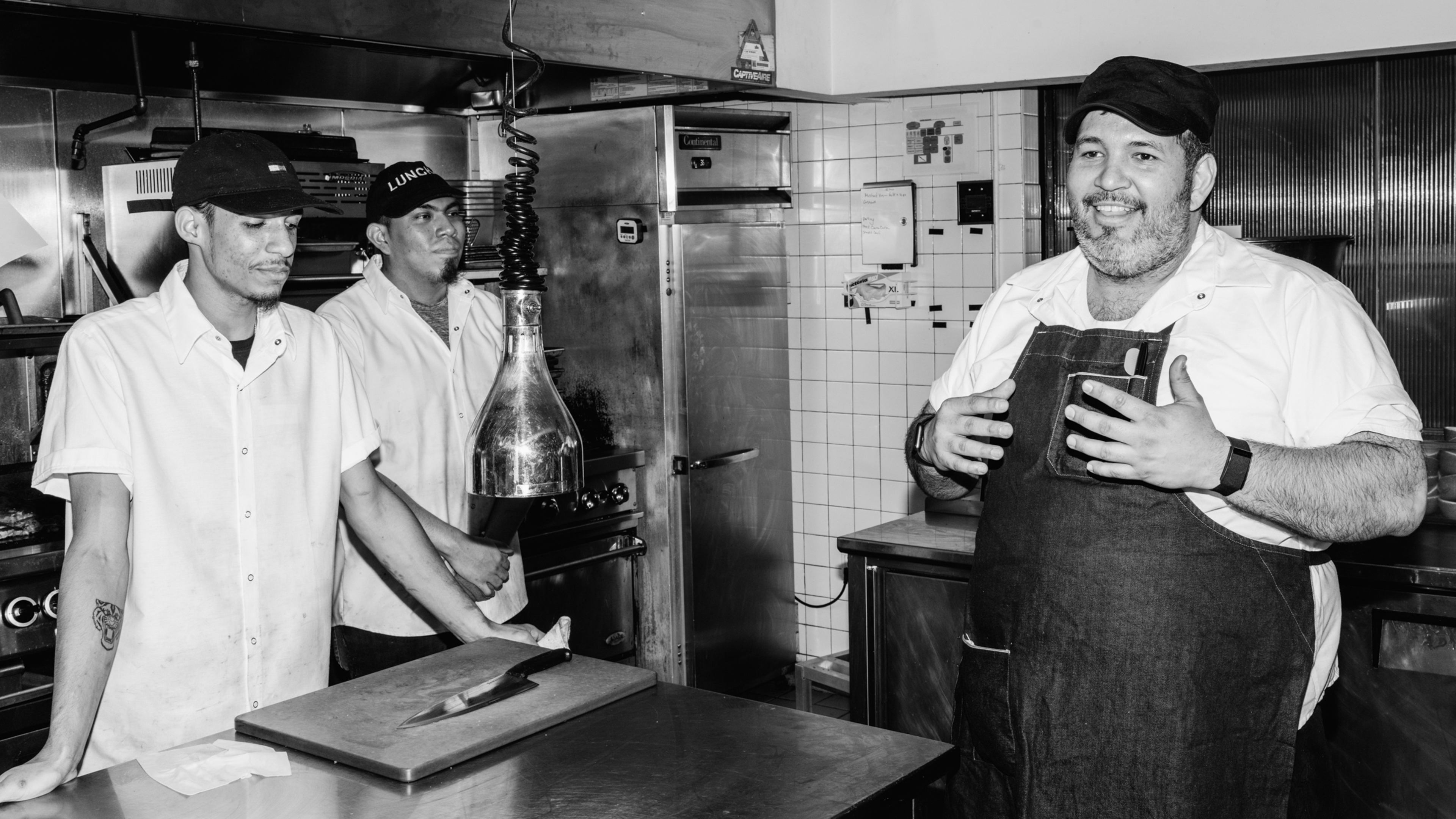Most trials of the four-day workweek are happening in corporate offices with salaried employees. But the fast-casual restaurant chain Dig is testing the idea with its hourly kitchen staff, giving them the option to work full-time hours compressed into four days.
The company started considering the concept of the four-day week as it grew in popularity before the pandemic. “The question was, really, how would we make this work for our vast majority of employees who are in operations in our restaurant?” says Melinda Sharretts, vice president of people and culture at Dig. Then, as COVID-19 temporarily closed some of its restaurants and simultaneously began to put its staff at risk, Dig decided to test the schedule change.
“The disparity between people who still had employment and were working from home versus our employees, who were still going into the restaurant, just became more and more evident,” says Dig cofounder Andrew Jacobson. “And though we couldn’t necessarily change that, we had an opportunity in Boston.” The Boston team had been running five restaurants, but only one was still open; it seemed like the right moment to try a new schedule. Workers were given the opportunity to come in one fewer day a week, if they chose, but still work the same number of hours.

“Anything that alters our employee’s income was a nonstarter,” Jacobson says. The four-day workweek trials in offices are different: Some companies let workers move to four 8-hour days without any change in salary. (The fact that office workers remain as productive after the change might suggest that people sitting in front of a computer usually don’t work as hard as people in kitchens.)
Some employees who tried the 10-hour workdays found the schedule too grueling. Others embraced it. “I’ve worked for over 15 years, and this is the first place I’ve worked where I have three set days out of every single week,” says Diante Scott, a sous chef, who said that the long hours don’t bother him. Since the restaurants are open seven days a week, most employees work three days, have a day or two off, and then work a fourth day. Unlike office workers, who might end up checking email on their days off, when restaurant workers are out they can take a true break from their jobs.
The company is currently offering the four-day-workweek schedule at six restaurants, including locations in Philadelphia and New York City, and plans to add it to as many as five additional locations in the first half of 2022. (Some Dig employees are also already testing the schedule in other locations that haven’t officially launched it as a policy yet.) In an internal survey of 45 people who have participated so far, 87% said they would recommend the new schedule. Workers also said they have greater work-life balance and more time for schoolwork and errands. Others said that it had a positive impact on their mental health.
Dig plans to continue studying how well the new schedule works for people with different demands on their time outside of work.
“We’re hoping to see through the data, as we start to collect more of it, how it will impact people who are caregivers for children or elders,” Sharretts says. “Our hypothesis is that it will have a positive impact on those things. But we don’t want to be presumptuous about it.” Childcare is a major challenge for workers in the restaurant industry, she says, and if the new schedule can help alleviate that, it may convince other restaurants to start offering the same benefit.
“What we want,” Jacobson says, “is not just to put pressure on ourselves to get this done, but pressure on the rest of the industry.”
Recognize your brand’s excellence by applying to this year’s Brands That Matter Awards before the final deadline, June 7.
Sign up for Brands That Matter notifications here.
